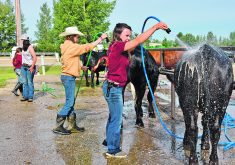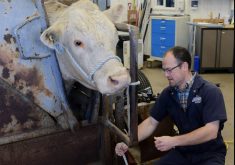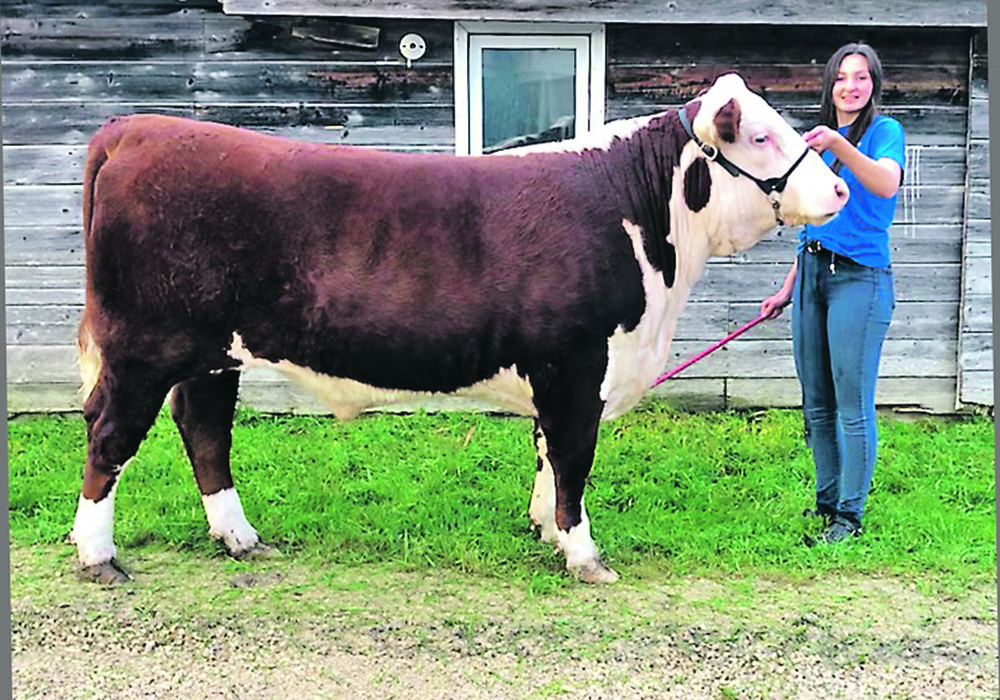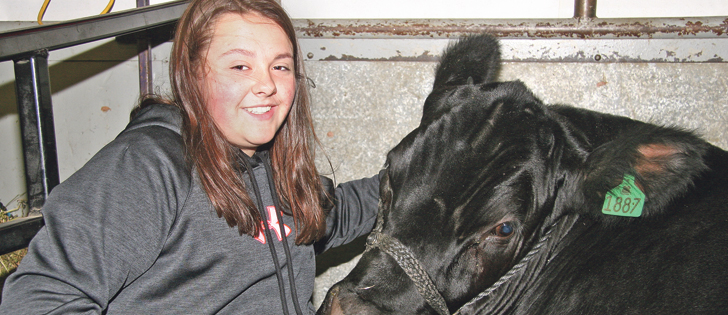Members wanted to tackle a variety of different projects, prompting leaders to find a theme that would cover them all
BOTHA, Alta. — For his 4-H project, Nikolis Nims wants to learn how to fix a lawnmower and how to raise goats.
“If a lawn mower stops working, I would like to know how to fix it so I can fix things,” he says.
Landon Hoffman wants to learn how to cook steak.
Stella Muhlbach wants to learn how best to feed her chickens.
“I want to learn about all types of food and what they can eat and what is healthy for them. I have a lot of chickens at my house. They are very calm, sometimes.”
Duncan Chostner wants to learn about his fibre sheep and participate in the fun parts of 4-H like public speaking and youth leadership camps.
The variety of desires among members was a challenge for leaders of the Crafty Crew 4-H Multi-Club, based in a hamlet east of Stettler, Alta. They had to find a way to bind the projects together and form members into a cohesive unit.
“How could we make all these things go together?” wondered Jimilee Ayotte, one of the leaders.
Club members picked projects in pigs, sheep, laying chickens, milking goats, small engines, wool working, gardening and cooking.
The common element was that all involved skills needed by homesteading pioneers. So, the Crafty Crew 4-H Multi-Club was the first to become a Homesteading 4-H club, designed under the Creative Options section of the program.
The 14 4-H members live in towns or on small acreages and don’t have the facilities to participate in traditional beef, horse or sheep 4-H clubs. However, they are interested in farming and want to participate in regional and provincial club activities and events.
“The members like the farm life and animals, but have only one pig or one chicken. It is super small scale,” said Ayotte.
In previous years, the club had a more formal sheep project, but the sheep had to be purchased in January so members could compete in spring events.
“It didn’t fit with the kids we had,” said leader Kelsey Bignall.
“With this club, the kids can learn they can still grow their own food without becoming a commercial operation.”
Leader and 4-H mother Andrea Muhlbach said club members can learn the skills required to be self-sustainable, capitalizing on their interest in raising food.
“This will set them up for the rest of their life.”
With so many different projects, leaders have reached out for help from the community. Through talks, workshops and farm tours, members will learn about their specialized projects from experts and then teach other members what they have learned. Most of them have an animal and a non-animal project.
The members meet three times a month. One is a regular business meeting when they practise public speaking skills and work on their diaries and project books.
At a second meeting, they learn to cook or plant seeds for their garden projects and on the third they learn about animal nutrition, how to show their animals or other related skills.
“We’re still figuring it out,’’ said Ayotte.

The club started in October and the project part begins in January. Each month members are sent a question to prompt their interest and discussion at the meeting. The first question is, “what is one question you have about your project?”
Members will read their answers at the next meeting, which will promote discussion and help leaders guide the project.
“It helps the members figure out where their project is going and as leaders, who can I find to help the members,” said Ayotte.
“Each kid will have a focus and each kid will learn about the other kids’ focus.”
Nims said he is looking forward to sharing his knowledge with the club.
“I can teach them about the health and the feeding and can also teach people how to milk goats.”
The achievement day will be similar to a fair display, with each member presenting their project to the public.
“Instead of a show and sale, the club is going for less of a competitive nature and more presentation and continuity. Some members had market sheep the previous year but didn’t want to sell them,” said Ayotte.
The multi-club was formed in 2000, but this is its the first year as a Homestead club. Members range in age from eight to 16.















